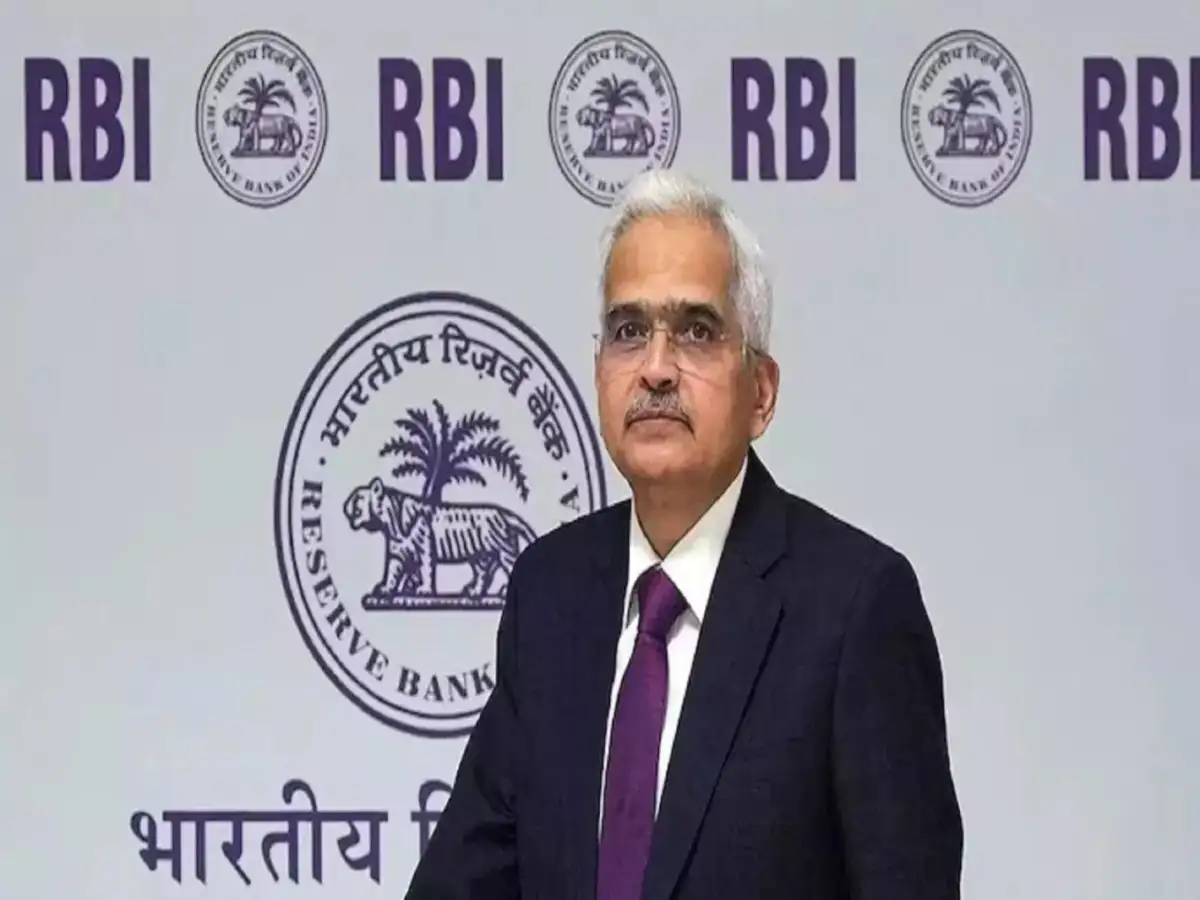Sanjay Malhotra, the governor of the Reserve Bank of India, has expressed worry about the asymmetric rates on various market segments and advised banks to make sure that the central bank’s liquidity initiatives are communicated to the larger market.
Malhotra emphasized that the call rate is the operational target for monetary policy, so the call money market’s declining liquidity needs to be addressed. The market is also essential to the stability of the MIBOR (Mumbai Interbank Offered Rate), which serves as the benchmark for the interest rate derivative market.
The imbalances that occasionally occur between various money market rates—the rate at which the RBI provides liquidity, the call money rate, the market repo rate, and the TREPS rate—are also concerning. Malhotra stated this in a speech at the FIMMDA-PDAI Annual conference in Bali, Indonesia, on Friday. “This calls for more proactive functioning by banks – the entities with sole access to RBI’s liquidity facilities, the call money market, and the repo markets – to ensure that RBI’s liquidity measures are promptly and seamlessly transmitted to the broader market.” On Saturday, it was posted to the RBI website.
Between 2020 and 2024, the average daily volumes in the overnight money markets increased by 80%, from over Rs 3 trillion to over Rs 5.4 trillion.
He also emphasized the low turnover ratio of dated government securities, which has been modest at little over one. This ratio is calculated as the annual turnover to outstanding stock of securities.
He noted that the top ten participants in 2024 accounted for a third of the total turnover among the more than 3,000 institutional investors in g-secs.
Malhotra also pointed out that the g-sec market has seen a rise in non-resident activity, particularly since it was added to global bond indices.



